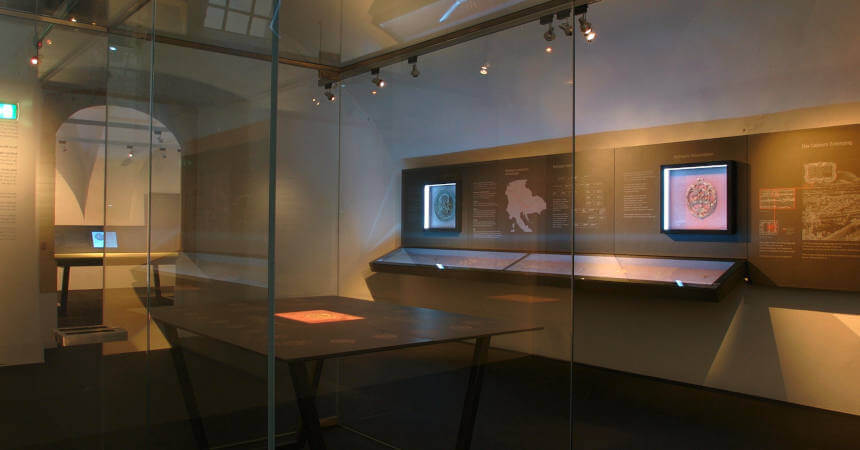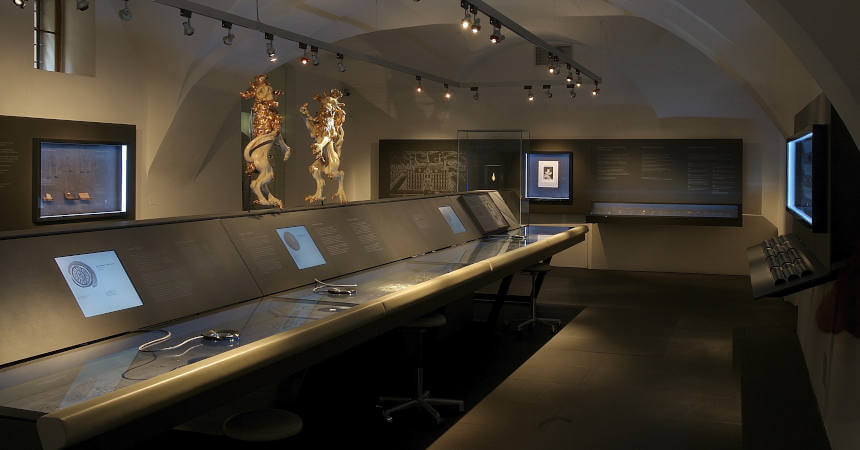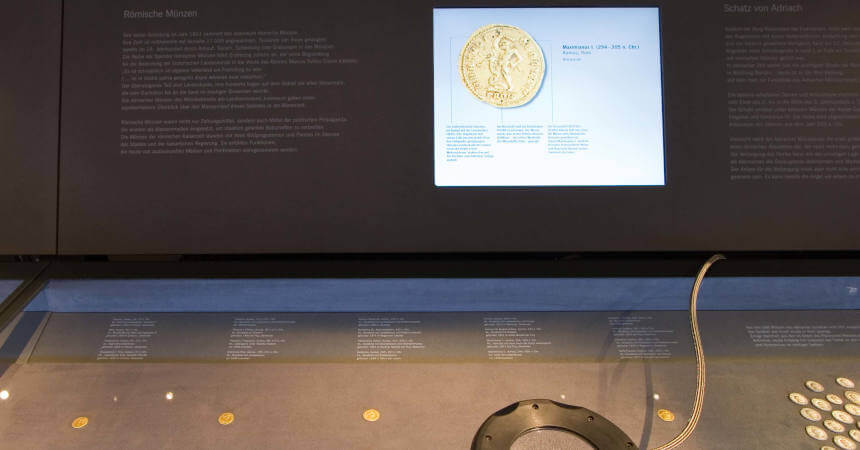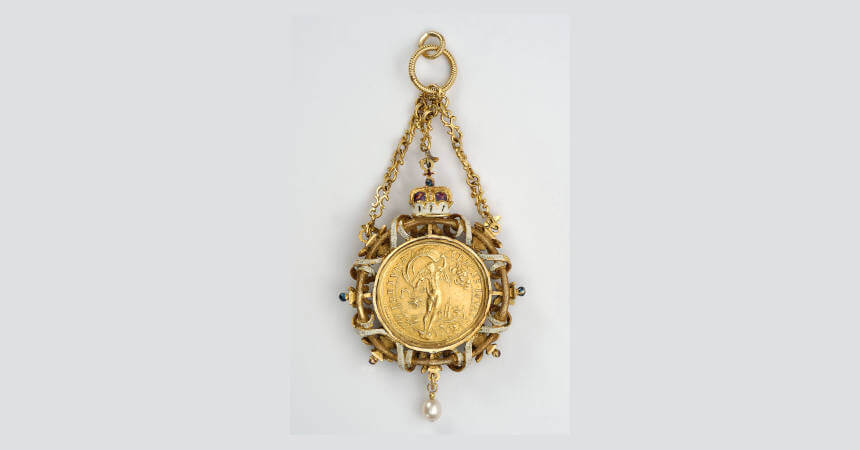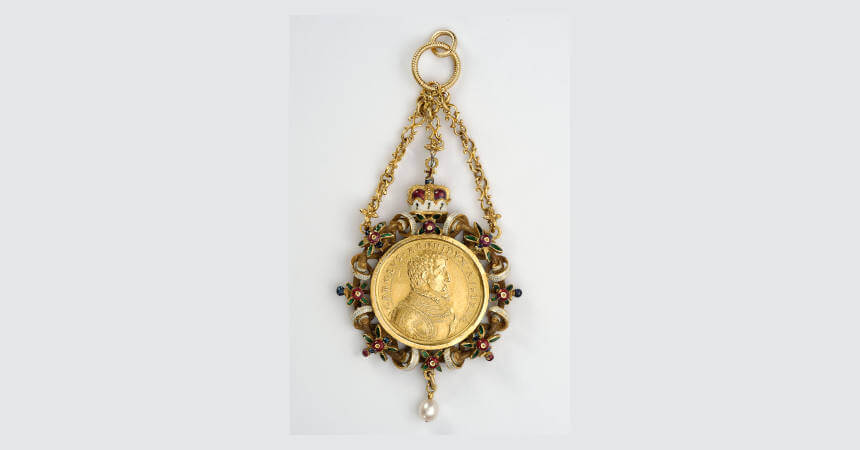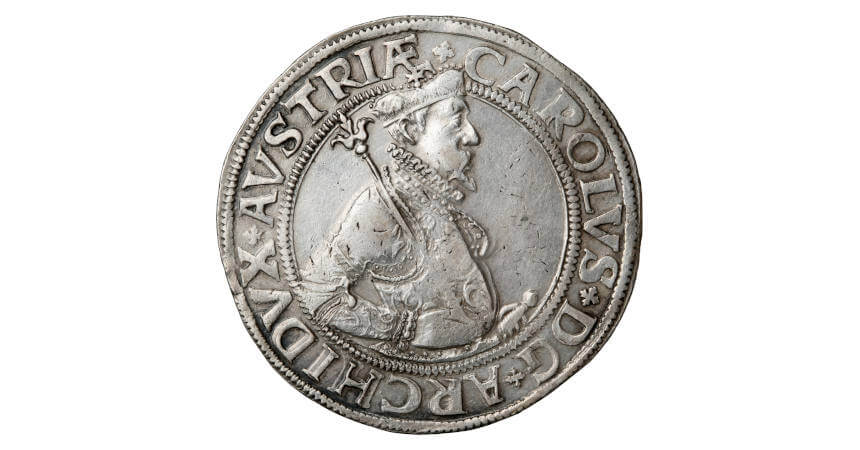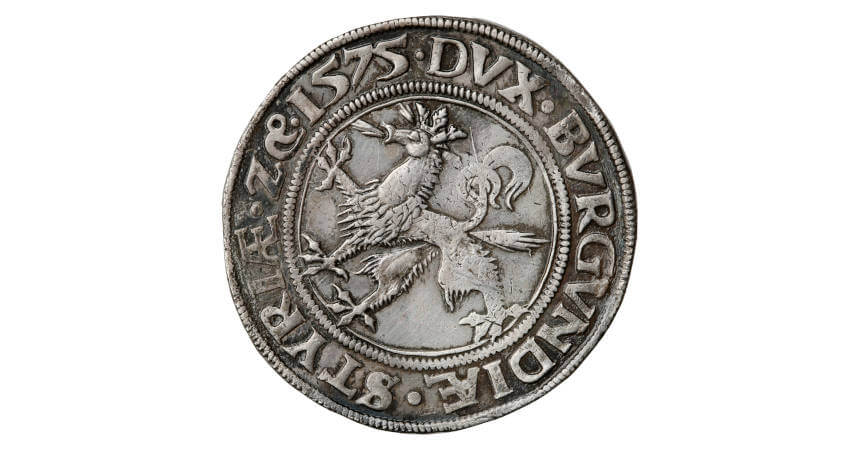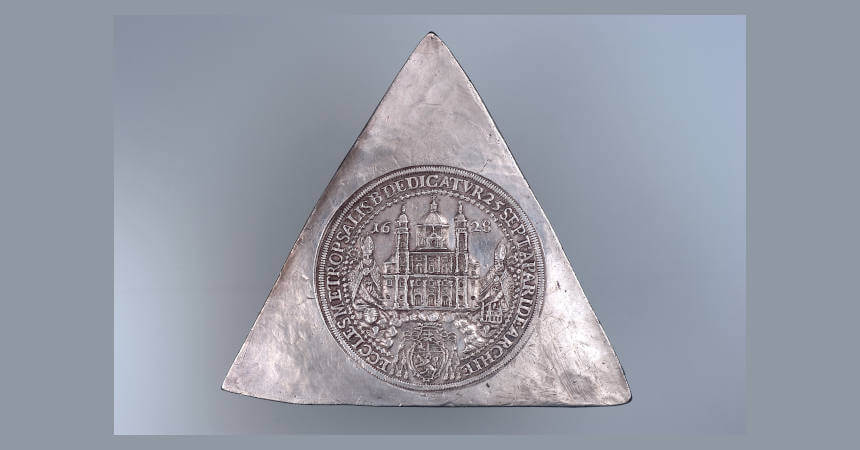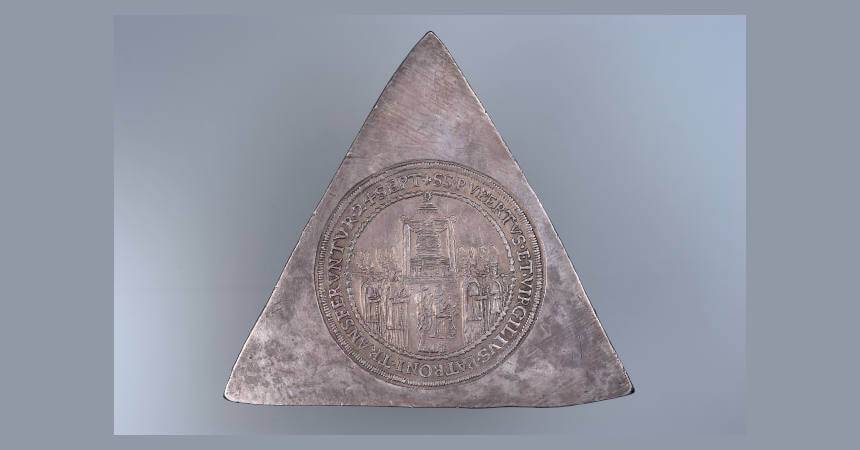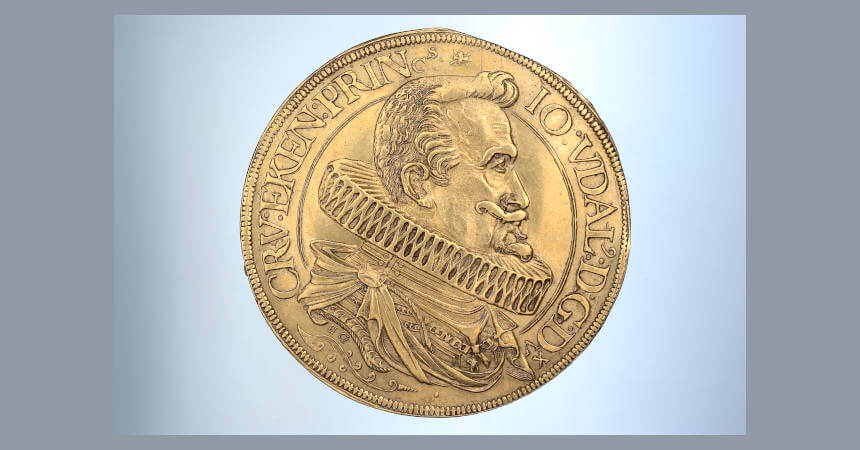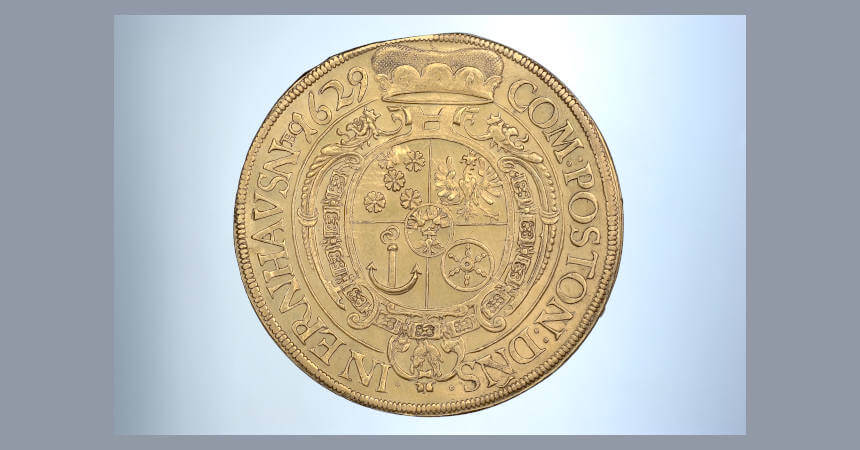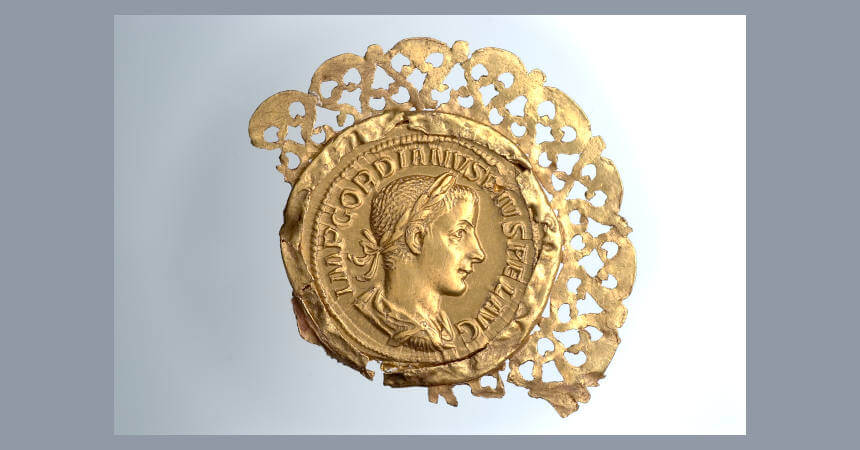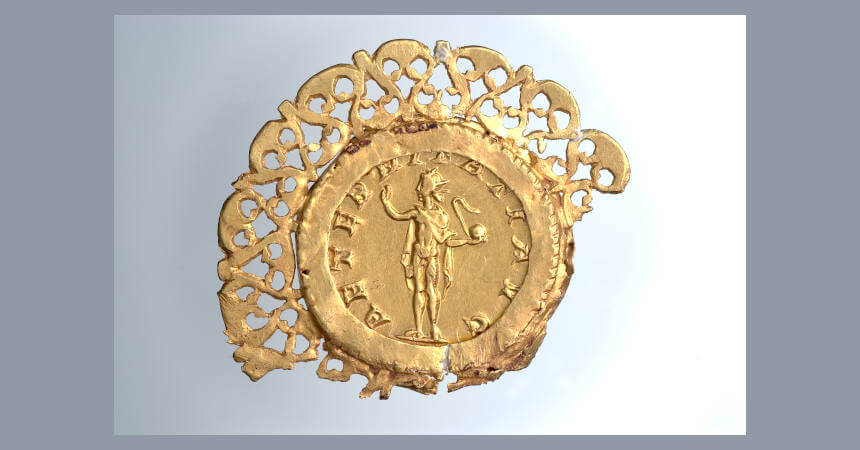Universalmuseum Joanneum Schloss Eggenberg – Coin Cabinet
Wenn es kein Logo gibt, wird diese Spalte einfach leer gelassen. Das Bild oben bitte löschen.
(Dieser Text wird nicht dargestellt.)
Eggenberger Allee 90
A-8020 Graz
Phone: +43 316 8017 9560
Opening hours:
April – October, Tue-Sun: 10 a.m. – 6 p.m.
Background
The beginnings of the coin collection at the Joanneum can be traced back to the museum’s founder, Archduke Johann (1782-1859), who stipulated in the Joanneum’s founding statutes of 1811 that ‘domestic coins of all metals’ should be collected. In the Joanneum of the older period (1811-1887), in addition to the regional collection, which was intended to document the circulation and minting of coins in Styria, a collection of coins from other countries was also assembled for comparative purposes. As a result, for example, a collection of ancient Greek coins was assembled that is still of international numismatic interest today.
It was only with the statute of 1887,, which reorganised the collections in the Joanneum, that the scope of the collection was limited to coins of Styrian provenance. Since then, the Coin Cabinet of the Joanneum Universalmuseum has primarily collected numismatic artefacts produced or found in Styria. Until the 1970s, the Coin Cabinet was housed in the main building of the Universalmuseum Joanneum in Raubergasse in the centre of Graz, where its first curator, Joseph Wartinger (1773-1861), had already set up a permanent exhibition using a special presentation technique: he had revolving frames made in which the coins were placed between glass panes so that both obverse and reverse sides could be viewed. When the Coin Cabinet was redesigned in 2007 in the oldest part of Eggenberg Palace – the Castrum Eckenperg, built in the 1460s by Emperor Frederick III’s master of coins, Balthasar Eggenberger – this tradition of innovative presentation was continued.
The centrepiece of the main room of the permanent exhibition is a large table-top display case where visitors can use computerised magnifying glasses to access detailed information about each coin on screens linked to the magnifying glasses.
The Collection
The Coin Cabinet of the Universalmuseum Joanneum houses some 70,000 objects, including coins, medals, stamps, badges, orders, decorations, tokens, stamps, historical banknotes and securities, as well as scales and weights. It is one of the largest coin collections in Austria and is an institutional member of the International Numismatic Council. The most important part of the collection is the Styriaca collection with some 2,200 Styrian coins. Highlights of the almost complete series of talers minted in Graz include the panther taler of Archduke Charles II of Inner Austria, triple talers of Emperor Ferdinand II and his son Ferdinand III, rare taler klippe pieces and the last Styrian taler minted in Graz under Maria Theresa in 1765. The series of Styrian gold coins includes Judenburg gold gulden, gold gulden of Emperor Frederick III and rare ducats of Archduke Charles II of Inner Austria, Ferdinand II, Ferdinand III, Leopold I, Charles VI, Maria Theresa and Joseph II. There are also examples of the most important types of medieval pfennigs minted in Graz and Oberzeiring.
There are other areas of the collection, of which only the most important are mentioned here: Carinthia, Carniola, Tyrol, Outer Austria, Salzburg, Hungary, Bohemia and Moravia, the Holy Roman Empire and Germany, Austria up to 1918, the First and Second Republics, as well as an extensive collection of ancient coins (mainly Roman – including an important collection of coins found in Flavia Solva – and Greek issues). Of particular note are the coins and medals of the Princes of Eggenberg and the Venetian collection with an almost complete series of oselle – coin medals presented by the Doge to the noble families of Venice every Christmas – donated to the Joanneum by Joseph Maria Attems in 1871.
Events
Guided tours of the Coin Cabinet’s permanent exhibition are available in the form of curatorial tours and themed tours organised by the Schloss Eggenberg cultural education team. A special educational programme is available for school classes.
The permanent exhibition is supplemented by special exhibitions, which, thanks to by loans from partners, present individual areas of the museum’s own collection that are only marginally or not at all represented in the permanent exhibition. In 2021, for example, the exhibition ‘The Gold of the Archbishops” brought together selected Salzburg gold coins from the Coin Cabinet of the Universalmuseum Joanneum with their magnificent counterparts from the collection of Bankhaus Spängler. In 2022, when Austria celebrated the 100th anniversary of the enactment of the Federal Law on the Creation of the Decoration of Honour for Services to the Republic of Austria in 1922, the Universalmuseum Joanneum and the Austrian Society for the Study of Orders and Decorations presented a special exhibition entitled ‘Honour and Vanity’, featuring decorations and orders of the First Republic, the Corporative State and the Second Republic. In 2022, the exhibition ‘Carrying Owls to Athens’ – a cooperation between the Universalmuseum Joanneum, the University of Graz, the Institute of Antiquities and the Numismatic Collection in Winterthur – offered a representative overview of the coinage of the ancient Greek world. A special exhibition on the coins and medals of the Eggenberg princes is planned for 2025 as part of the 400th anniversary of Schloss Eggenberg.
The archaeological-numismatic journal Schild von Steier is published by the Department of Archaeology and Numismatics of the Universalmuseum Joanneum. The special exhibitions ‘The Gold of the Archbishops’, ‘Honour and Vanity’ and ‘Carrying Owls to Athens’ were accompanied by volumes in the series ‘Kleine Schriften von Schild von Steier’, available from Phoibos Verlag.
This text was written by Karl Peitler, Head of the Department of Archaeology and the Coin Cabinet at Universalmuseum Joanneum, Schloss Eggenberg.








